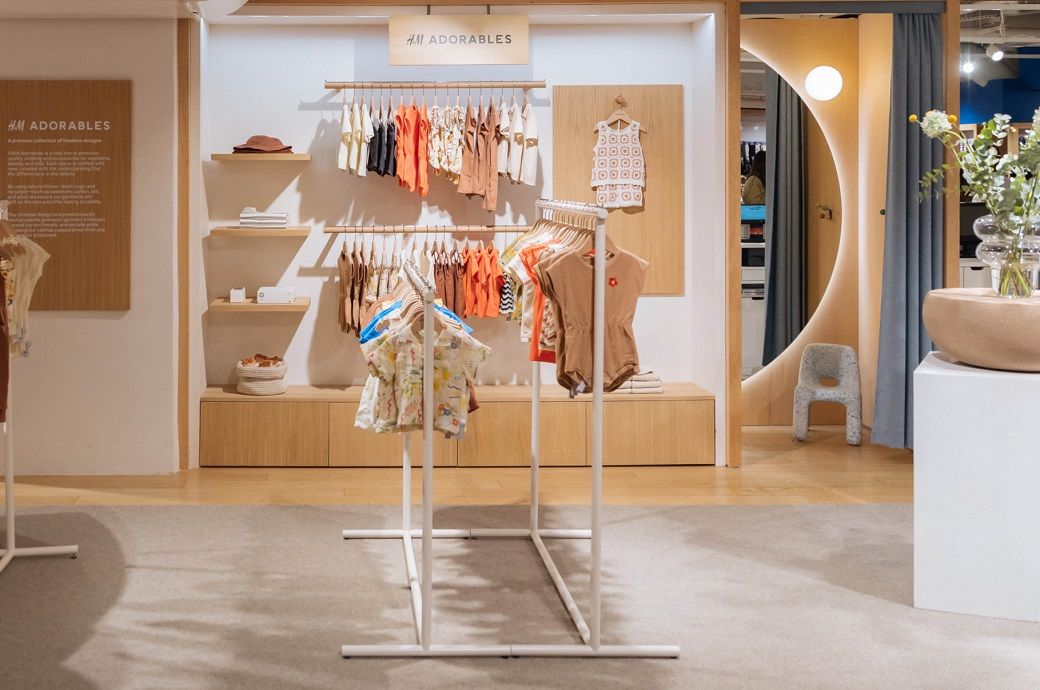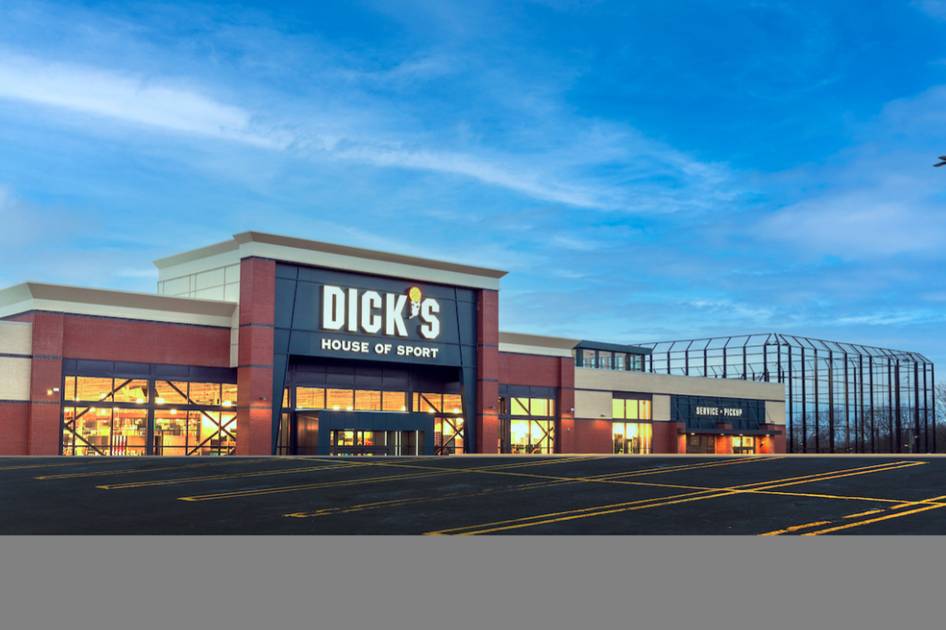Urinary Bag Market from USD 2.07B in 2025 to USD 3.06B by 2035
The urinary bag market is a critical segment of the global healthcare industry, offering vital solutions for patients who require urinary drainage due to medical conditions, surgeries, or chronic diseases. These bags are primarily used in hospitals, long-term care facilities, and home care settings. The demand for urinary bags has increased in recent years due to the rising incidence of urological diseases, a growing geriatric population, and a surge in surgical procedures. As healthcare systems worldwide continue to improve their infrastructure and focus on patient comfort and hygiene, the urinary bag market is expected to witness substantial growth. Moreover, advancements in product design, such as anti-reflux valves and leak-proof features, are contributing to higher adoption rates among both healthcare professionals and patients.
The market is expected to grow at a CAGR of 4.0% from 2025 to 2035, increasing from USD 2070.115 Million in 2025 to USD 3064.276 Million by 2035.
The urinary bag market has been experiencing steady expansion driven by a combination of demographic, technological, and healthcare-related trends. One of the most notable drivers is the growing prevalence of urinary incontinence and bladder-related disorders, particularly among the elderly population. Furthermore, the increasing awareness about home healthcare and the rise in outpatient surgeries are boosting the demand for urinary bags that offer convenience and ease of use.
Technological improvements have also played a role in shaping the market. Modern urinary bags are designed to be more discreet, comfortable, and user-friendly. With a focus on materials that minimize skin irritation and improve durability, manufacturers are able to meet the growing consumer expectations. Additionally, the shift towards single-use products to reduce the risk of infection has further accelerated market growth. Overall, the urinary bag market continues to evolve in response to clinical requirements and consumer preferences.
A major highlight of the urinary bag market is its wide application across various medical fields, including post-operative care, chronic disease management, and elderly care. Hospitals and nursing homes represent a significant share of the demand, but the home care segment is rapidly catching up due to the trend of aging in place and increasing healthcare costs. Patients and caregivers now prefer products that offer hygiene, portability, and discreetness.
Another noteworthy trend is the rising adoption of reusable urinary bags in regions with limited access to healthcare facilities or cost-sensitive markets. While disposable bags are more prevalent in developed economies due to their hygiene benefits, reusable options are gaining ground in emerging markets due to affordability and environmental concerns.
The integration of urinary drainage systems with digital health technologies is an emerging development. These innovations aim to monitor fluid output and alert caregivers in case of abnormalities, enhancing patient care and reducing complications. Such advancements are gradually transforming the urinary bag market from a basic medical supply segment into a more sophisticated healthcare solution.
Despite the promising outlook, the urinary bag market faces several challenges that could hamper growth. One of the primary issues is the stigma and discomfort associated with the use of urinary bags. Many patients experience psychological distress or reduced self-esteem, which can lead to resistance in accepting these products. Furthermore, improper usage and maintenance can result in complications such as urinary tract infections, making patient education crucial.
Regulatory compliance and product recalls are other hurdles for manufacturers. Ensuring that products meet international quality and safety standards requires substantial investment in research and testing. Smaller players often find it difficult to compete with established brands due to the high cost of product development and certification.
Nevertheless, these challenges also bring opportunities. Educating both patients and healthcare professionals about proper usage and maintenance can lead to improved outcomes and higher acceptance rates. Additionally, expanding into emerging markets presents a lucrative opportunity for growth. With increasing investments in healthcare infrastructure in regions such as Asia-Pacific, Latin America, and the Middle East, there is a rising demand for affordable and high-quality urinary care products.
The urinary bag market offers various benefits for stakeholders across the healthcare value chain. For patients, modern urinary bags provide enhanced comfort, better mobility, and reduced risk of infection. These benefits translate into improved quality of life and faster recovery times for post-operative patients.
Healthcare providers benefit from the availability of reliable urinary drainage solutions that help in accurate monitoring and efficient patient management. High-quality urinary bags reduce the incidence of complications, thereby improving patient outcomes and reducing hospital readmissions.
Manufacturers and suppliers also stand to gain from the growing demand for innovative and user-friendly products. Companies that invest in research and development can differentiate themselves by offering products that meet evolving needs. Additionally, collaboration with healthcare institutions can open new channels for product testing, feedback, and continuous improvement.
Distributors and retailers, especially those operating in e-commerce and home healthcare supplies, also benefit from the rising trend of direct-to-consumer sales. As more patients and caregivers seek convenience and discretion in purchasing medical products, the online channel becomes an essential part of the urinary bag market’s distribution network.
Geographically, the urinary bag market exhibits diverse growth patterns across regions. North America leads in market share, driven by advanced healthcare infrastructure, high awareness, and a large aging population. The region also benefits from strong reimbursement policies and widespread access to healthcare services, making it a mature and competitive market.
Europe follows closely, with countries such as Germany, the UK, and France showing robust demand due to well-established healthcare systems and a high prevalence of chronic diseases. The region also places significant emphasis on product quality and regulatory compliance, encouraging innovation and product enhancement.
The Asia-Pacific region is emerging as a key growth hub for the urinary bag market. Rapid urbanization, rising healthcare expenditure, and increasing awareness about urological health are propelling the demand for urinary drainage products. Countries like China, India, and Japan are witnessing significant investments in healthcare infrastructure, creating new opportunities for market players.
Latin America and the Middle East & Africa are also experiencing gradual growth, primarily driven by improvements in healthcare access and rising demand for affordable medical supplies. Although these regions face economic and regulatory challenges, they offer untapped potential for companies looking to expand their global footprint.
The urinary bag market is highly competitive, with several global and regional players vying for market share. Companies compete based on product quality, innovation, pricing, and distribution network. Leading players invest heavily in research and development to introduce advanced features such as anti-reflux valves, odor control, and skin-friendly materials.
Strategic partnerships, mergers, and acquisitions are common tactics used to strengthen market presence and expand product portfolios. Many companies are also focusing on sustainability by introducing eco-friendly products and reducing the use of non-biodegradable materials. These initiatives not only appeal to environmentally conscious consumers but also align with global regulatory trends.
Customer service and technical support are key differentiators in the urinary bag market. Companies that offer timely assistance, educational resources, and training for healthcare professionals often enjoy higher brand loyalty. As the market continues to grow, businesses that prioritize innovation, quality, and customer engagement are more likely to succeed.
Several companies dominate the urinary bag market, each with a strong presence in specific regions or product segments. These top players are known for their extensive product lines, robust distribution channels, and strong brand reputation. They continuously invest in technology and product design to meet the changing needs of patients and healthcare providers.
Some firms focus on manufacturing high-volume, cost-effective products for emerging markets, while others specialize in premium offerings with advanced features for developed economies. This dual approach allows companies to cater to a broad spectrum of consumers while maintaining competitiveness in both price-sensitive and high-value markets.
In addition to established players, new entrants are gradually making their presence felt by offering niche products or targeting underserved markets. With the right combination of innovation and market insight, these companies have the potential to disrupt traditional market dynamics.
The urinary bag market can be segmented based on product type, usage, end-user, and distribution channel. Common product types include leg bags, night bags, and large-capacity drainage bags. Each type serves a specific patient need, ranging from short-term use to long-term care.
Usage-based segmentation includes disposable and reusable urinary bags. While disposable bags dominate due to hygiene benefits, reusable ones appeal to cost-conscious users and those in regions with limited healthcare access. End-users encompass hospitals, clinics, long-term care centers, and home healthcare settings.
Distribution channels are increasingly diversifying, with traditional hospital supply chains being supplemented by pharmacies, online platforms, and direct-to-consumer sales. This segmentation allows manufacturers and distributors to tailor their marketing and product development strategies to different customer needs and preferences.
Future Market Insights, Inc. (ESOMAR certified, recipient of the Stevie Award, and a member of the Greater New York Chamber of Commerce) offers profound insights into the driving factors that are boosting demand in the market. FMI stands as the leading global provider of market intelligence, advisory services, consulting, and events for the Packaging, Food and Beverage, Consumer Technology, Healthcare, Industrial, and Chemicals markets. With a vast team of over 400 analystsworldwide, FMI provides global, regional, and local expertise on diverse domains and industry trends across more than 110 countries.
Future Market Insights Inc.
Christiana Corporate, 200 Continental Drive,
Suite 401, Newark, Delaware – 19713, USA
T: +1-347-918-3531
[email protected]
Website: https://www.futuremarketinsights.com
LinkedIn| Twitter| Blogs | YouTube











